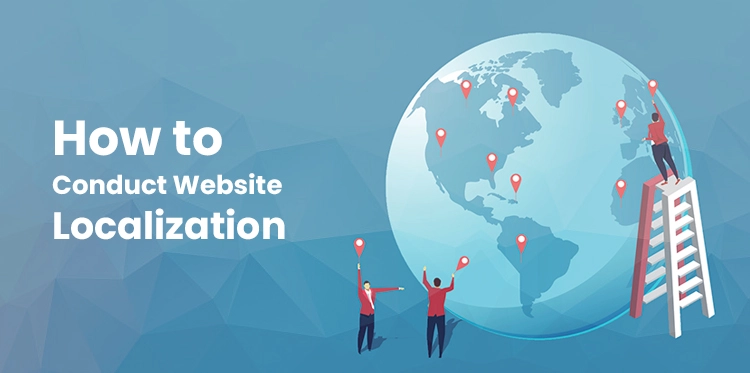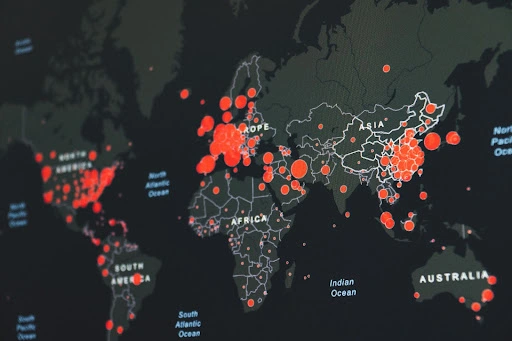As the world becomes more digital and businesses grow and become more complex, their needs grow too. Millions of businesses around the world have expanded their footprints to other parts of the world and are growing in territories that they are unfamiliar with, and even removed from.
Table of Contents
But, a company’s website needs to reflect not only its own messaging and branding but also the essence of the territory where they are doing business.
So, we took a look at website localization and unpacked the steps of how you can localize your website and ensure that it speaks to customers in various territories. Let’s get stuck in.
What Is Website Localization?
Let’s unpack what website localization is first. Essentially, it is the process of refining website content through culture, language, and flow to provide the most useful and relevant experience for users.
It is the art of adapting a website to suit a foreign and specific audience. It is usually an audience that speaks a different language and holds different cultural values from the country of origin of the company.
One of the most prevalent misunderstandings of website localization is that it simply means translation. But, true website localization is far more complex than simply converting a website into a new language.
It is rather a series of steps that includes tech and language changes for the entire site. So, what are the steps that you need to take?
Do Some Market Research
As with launching any new product or service, start the process with market research. You will need these invaluable insights into the target audience to be able to talk directly to them. Market research can help to shape, define and evaluate that purpose.
If you are starting a brand new website, think about including website localization from the get-go. If you have a successful product or service, you will most likely want to take it overseas, so factor this into the planning stages.
Go in knowing that if you take it to French, Spanish, or Chinese territories, you will not only need to be speaking the language but also ensure that it translates effectively. You will also want to know that it is culturally fit for these other territories too.
Work Out the Tech and Platform
Tech is a huge aspect of localization. Essentially, you will want to ensure that the code of your website can handle alphabets with different characters and symbols.
You will also want to make sure that the site’s payment processing system can handle transactions of different currencies. So, you will need to know the different territories and affiliated currencies.
Platform choice is absolutely vital in the process. It is interesting to note that not every platform can be used in every country. In some cases, your hosting platforms could be fine, but there would be plugins or solutions that may not work.
Check that your technical setup will be sufficient in each new territory that you plan to localize for. You may need to look into alternative and locally accepted solutions, or other alternatives which are totally global.
Automate the Whole Process
We have seen a few companies trying to manually localize their websites, and the strongest advice we have is—just don’t do it!
There is some powerful and useful technology out there that can help you do the whole process from end to end. Forget the spreadsheets, emails, and Word documents and focus on the tools available to you. Even if you do have to pay for it, the ROI is well worth it.
It is also important to get the right team together and ensure that you have people who actually know the territories you are going into. Yes, the team might be dictated by the size of your budget, but, again, we are going to say that the ROI is worth it.
Some things, such as market and keyword research, can be done by yourself, but leave a lot of the processes and translating to the professionals.
Pick Good Translation Software
One of the last pieces of advice is to make sure that you don’t skimp on translation software. Your translation management software will act as a project manager and coordinator for the whole process, so you will be able to rely on it.
Look for software that includes:
- An API;
- Collaboration functions;
- Direct website translation;
- Translation memory.
Direct translation can come with several bugs and errors. You will need the right solutions to translate effectively to suit a territory’s cultures and terminology.
Bottom Line
Have a good idea of the region that you are going into first. Do your market and keyword research and know how sustainable it will be. Lastly, don’t skimp on the team and your software.


